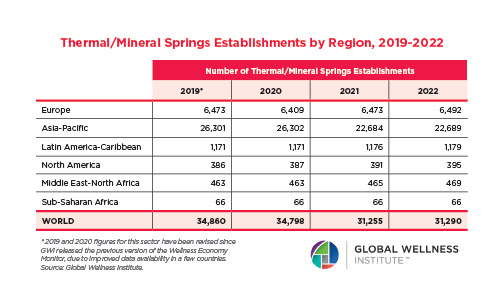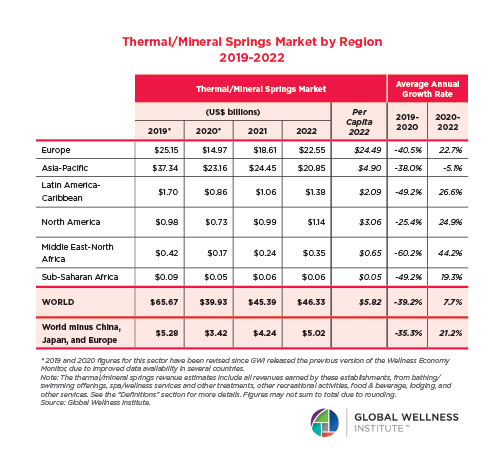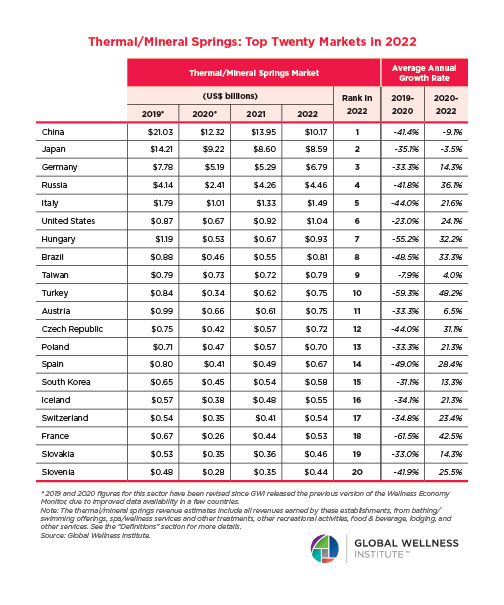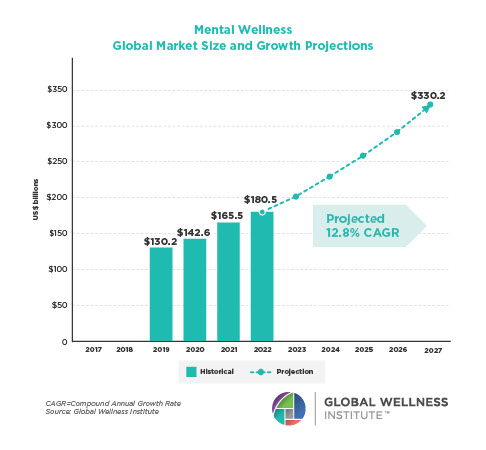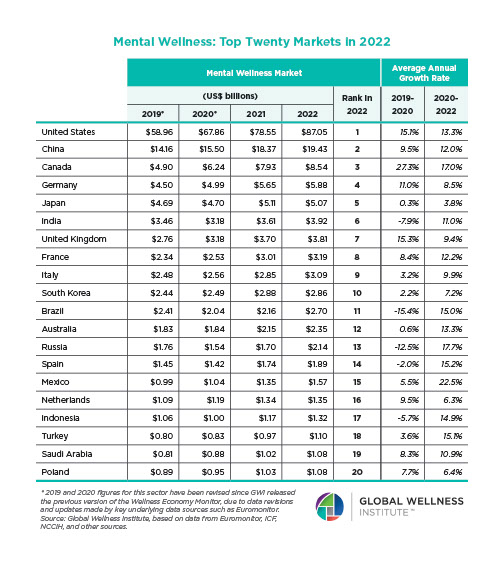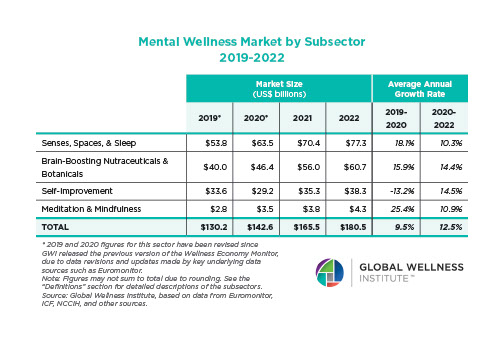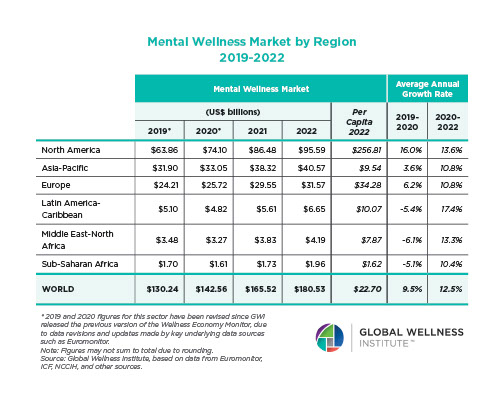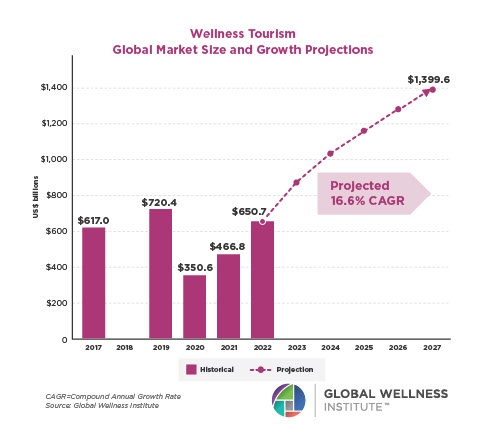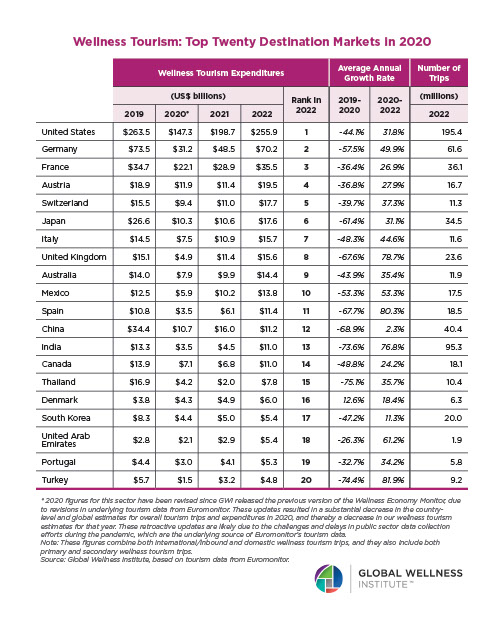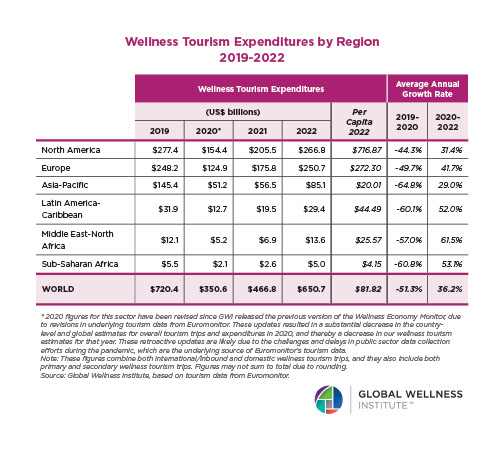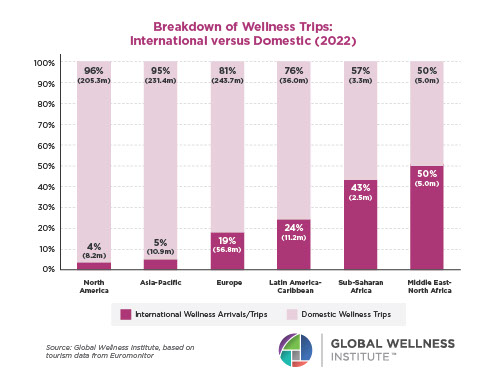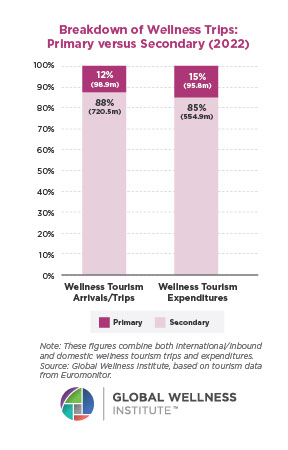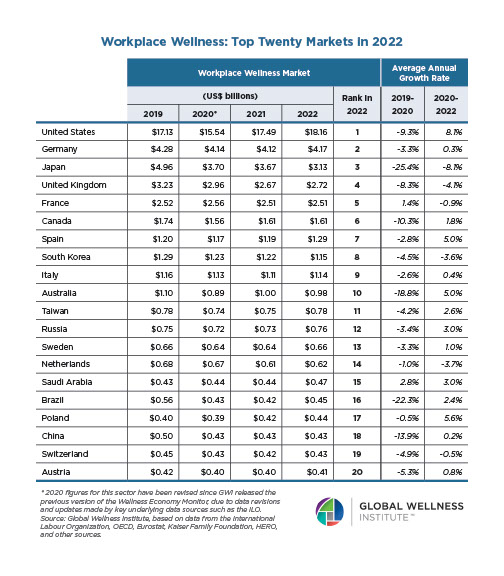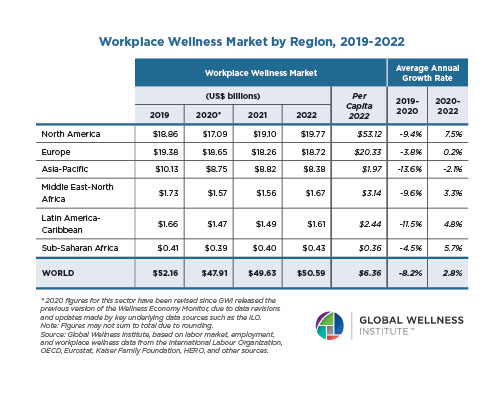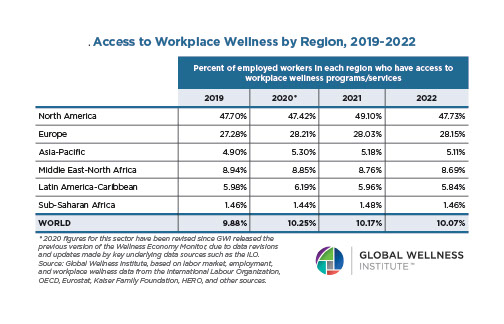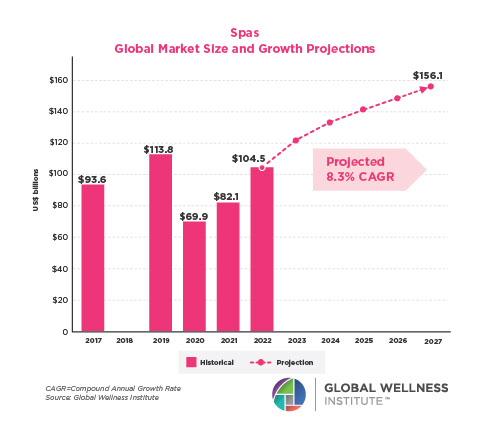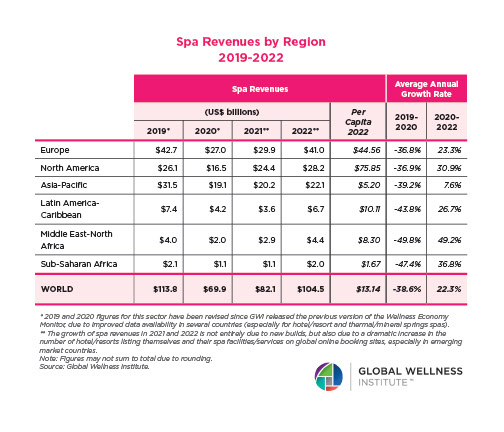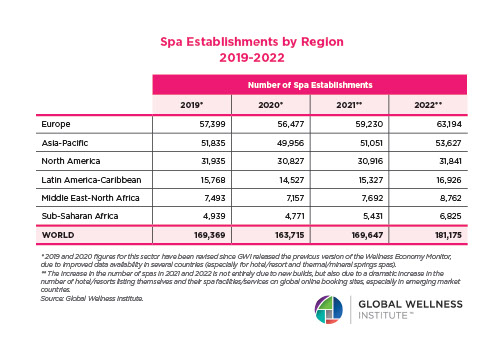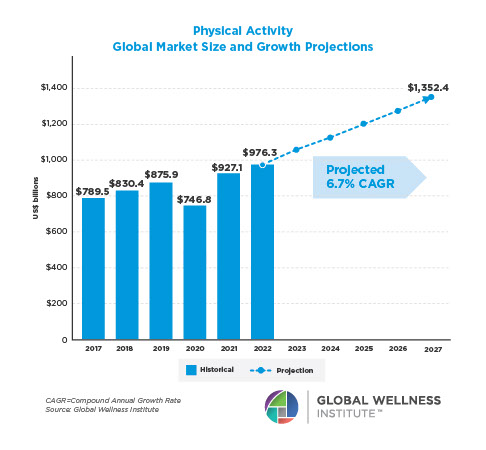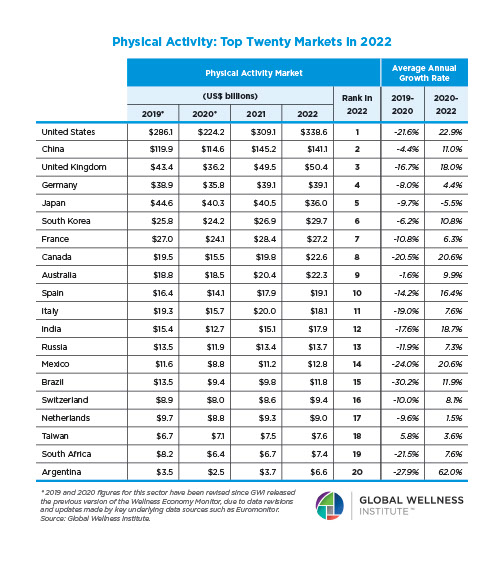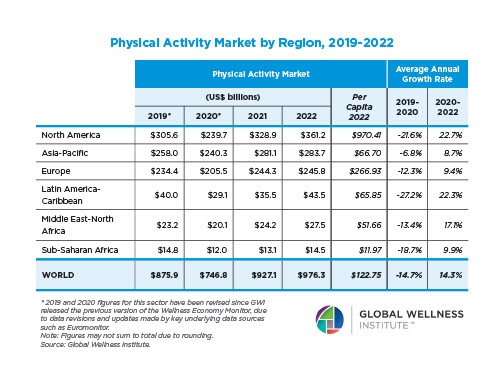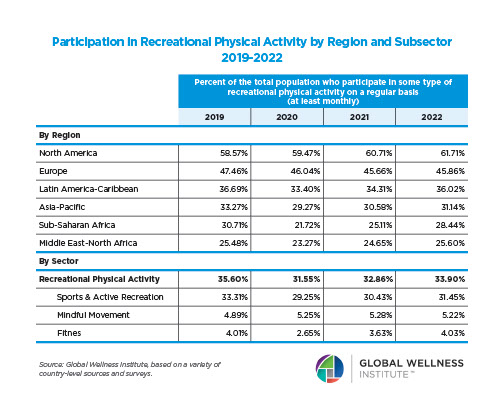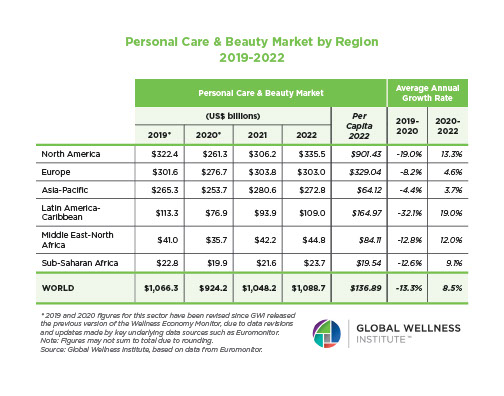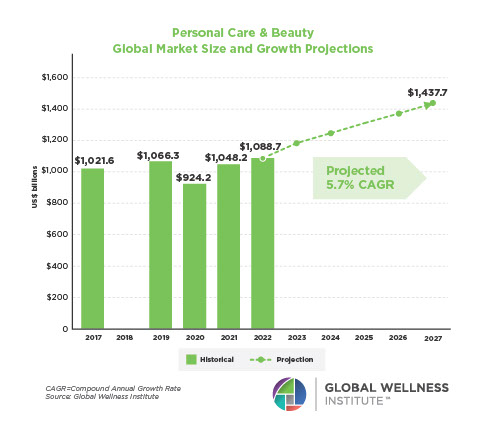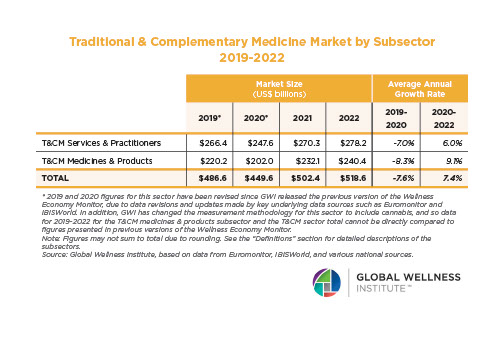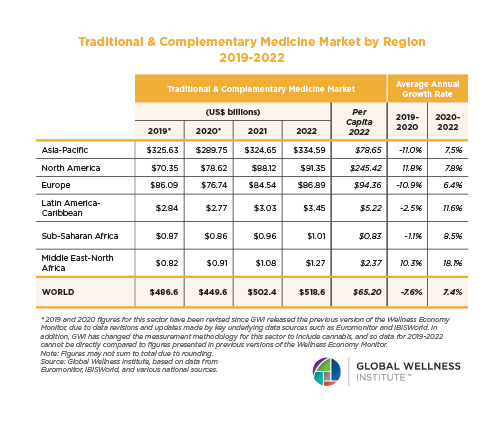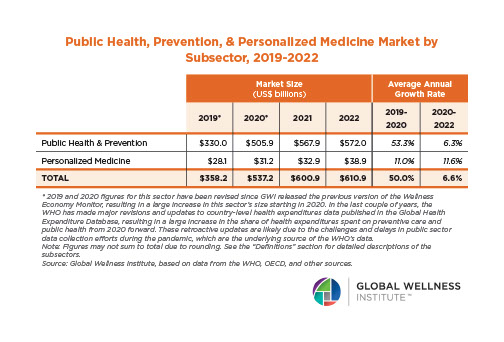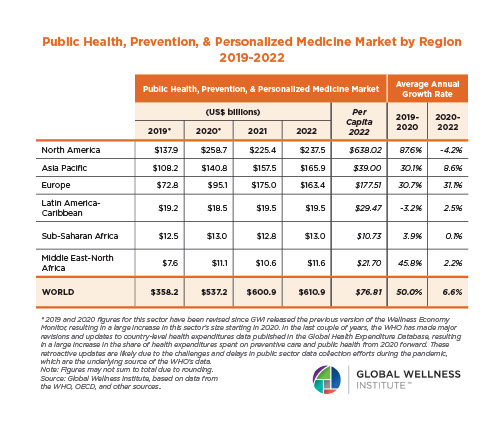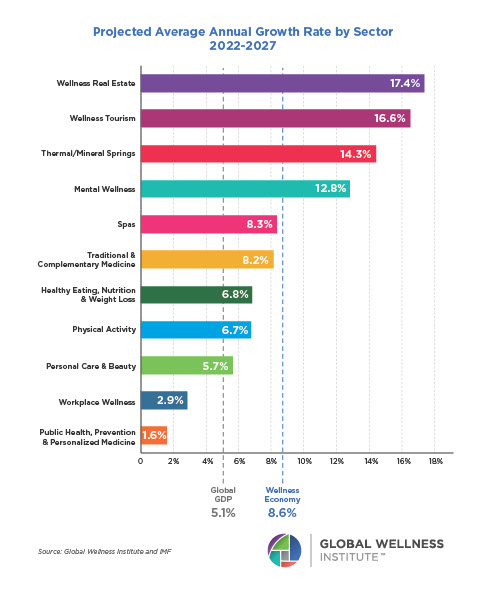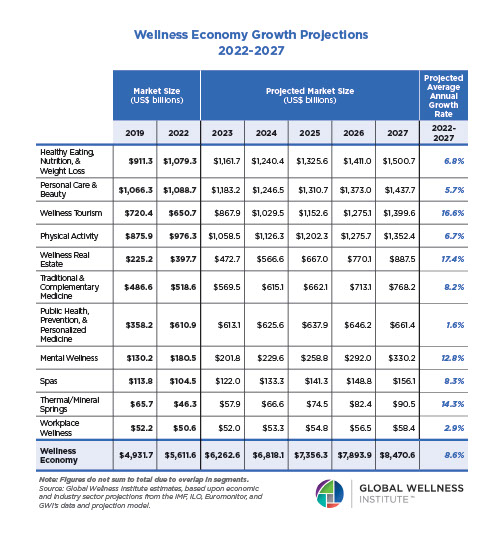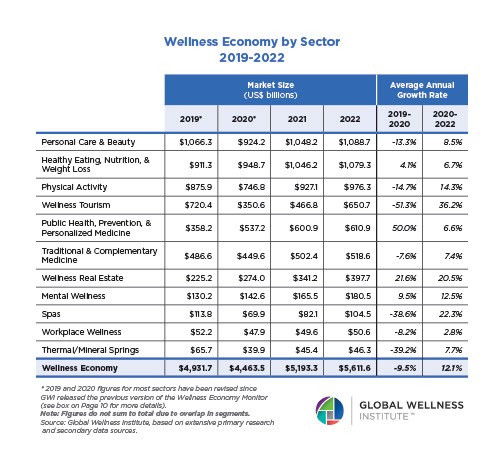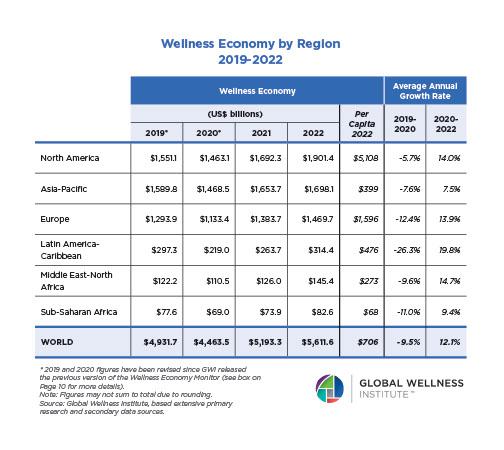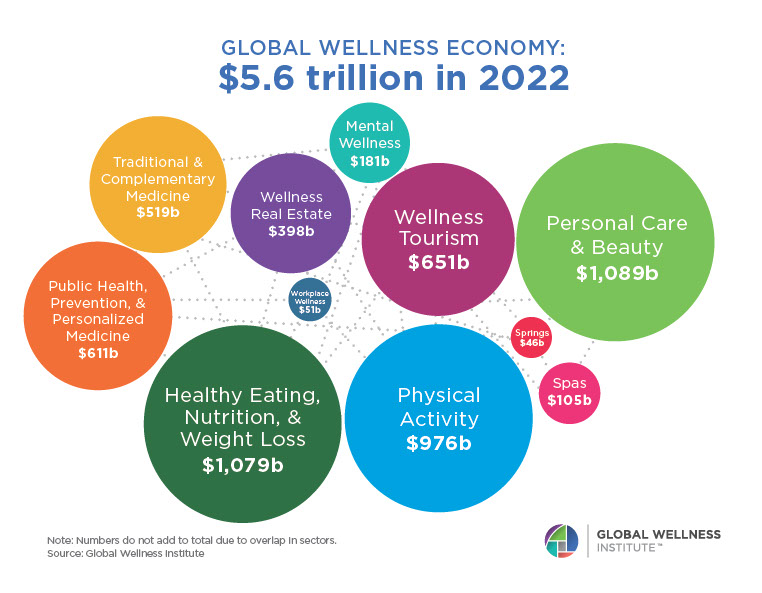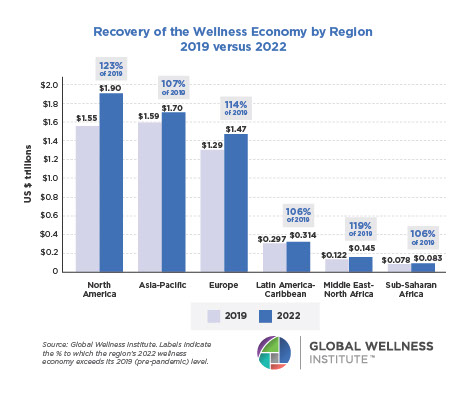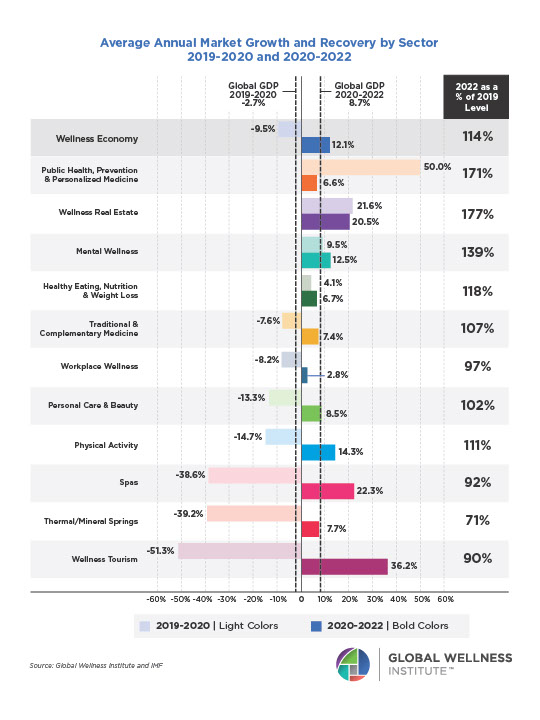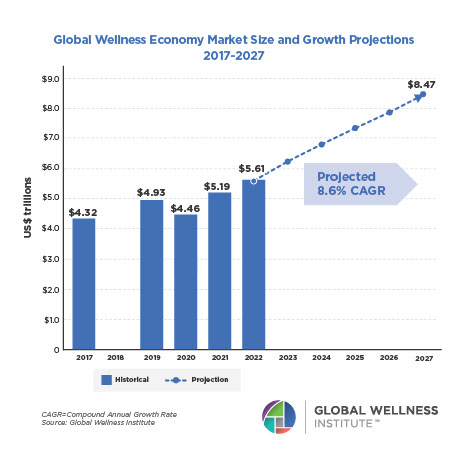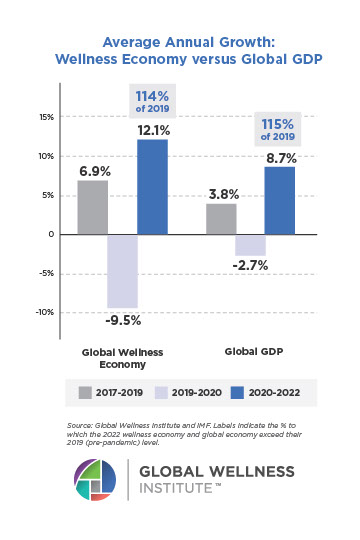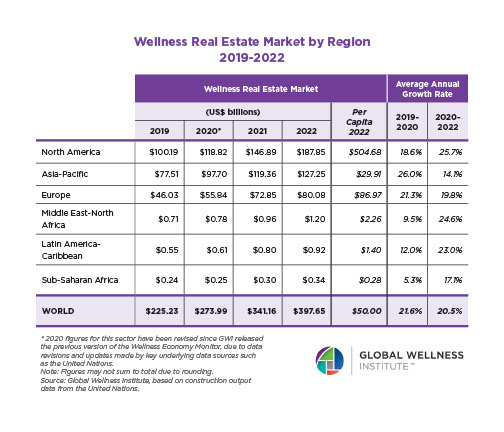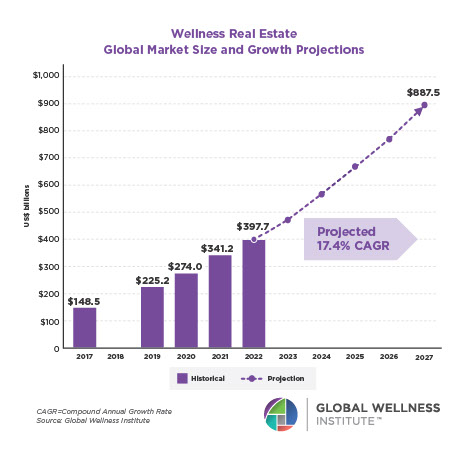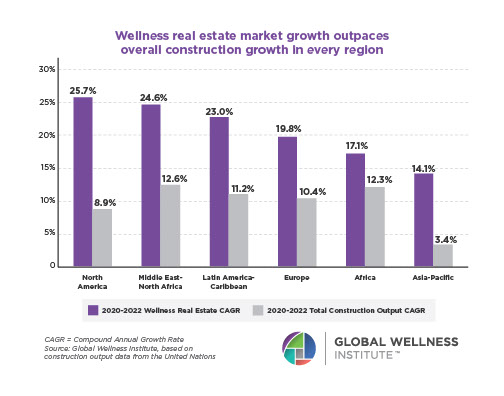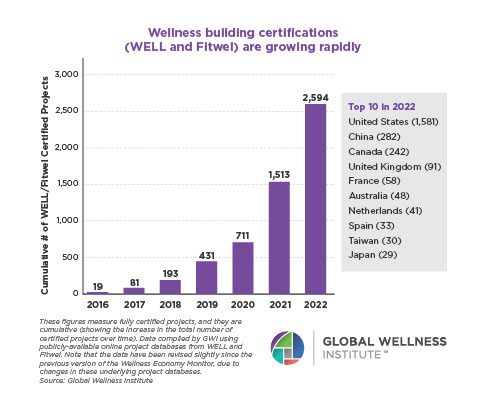Joyspan as a Cornerstone of Longevity: Enhancing Wellbeing and Productivity in the Workplace
Author: Elizabeth Bachrad, MA, MSc and Talya Landau, Bsc, CHC

Photo credit: Getty Images / Unsplash
The concept of joyspan highlights the significance of time spent experiencing joy and fulfillment, shifting the focus beyond mere lifespan or healthspan. Dr. Kerry Burnight’s 2025 book about the art and science of joyspan underscores how joy, connection, meaning, and purpose contribute to overall wellbeing and productivity. Scientific research shows that joy enhances emotional health and resilience, while stress-induced joylessness (anhedonia) can negatively impact the brain.
The OECD recognizes the importance of wellbeing in its guidelines for measuring eudaemonia, which encompasses meaning, purpose, and psychological functioning. Because employees spend so much of their waking hours engaged in their work, employers play a crucial role in contributing to joyspan by fostering eudaemonic wellbeing in the workplace. This can lead to higher engagement, creativity, and productivity, benefiting both employees and organizational success.
Strategies to Foster Joyspan in the Workplace
- Teaming & Belonging – Address loneliness and enhance joy through team events, shared rituals, and interest-based communities. Establishing mentorship and peer support networks strengthens connections and combats workplace isolation. Organizations can also build belonging by engaging employees in decision-making and ensuring leaders implement changes aligned with workforce values and preferences.
- Strength-Based Work Design – Allow employees to opt into projects aligned with their strengths and passions, mirroring gig economy flexibility. Providing opportunities for skill-building, creative pursuits, and cross-functional collaboration fosters freedom and creativity, reducing rigidity in job roles.
- Personalized Flexibility & Autonomy – Support employees in structuring their workday based on individual energy rhythms. Flexible schedules, workspace adaptations, and self-directed breaks promote wellbeing and peak performance.
- Leisure & Meaningful Free Time – Encourage employees to maximize their personal time through hobbies, volunteering, and restorative practices. Alternative scheduling models like the 4-day workweek highlight the need for structured recovery and balance.
- Social Responsibility & Purpose-Driven Work – Employees are more likely to experience joy when they feel their organization positively impacts society. Companies should demonstrate a commitment to sustainability, inclusion, and diversity to foster a sense of shared purpose. Companies can also providing opportunities and support for employees to volunteer in their community.
Conclusion
Research suggests 40 percent of employee happiness is derived from intentional activities and happiness can be influenced by their surroundings. Workplace policies, practices and environments that foster joyspan will not only promote employee wellbeing in the short-term, but also contribute to sustainable wellbeing for employees and their organizations.
Resources
- Burnight K. 2025. Joyspan:The Art and Science of Thriving in Life’s Second Half. Hachette Book Group: New York.
- Chung H. 2022. The outcomes of flexible working. In: The Flexibility Paradox. (pp. 54-68). Bristol University Press: Bristol, UK
- Emmons RA. 2019. Joy: An introduction to this special issue. The Journal of Positive Psychology. Vol. 15(1): 1–4. https://doi.org/10.1080/17439760.2019.1685580.
- Siegerink V, Shinwell M, Žarnic Ž. Measuring the non-financial performance of firms through the lens of the OECD Well-being Framework: A common measurement framework for “Scope 1” Social performance. January 27, 2022. https://www.oecd.org/en/publications/measuring-the-non-financial-performance-of-firms-through-the-lens-of-the-oecd-well-being-framework_28850c7f-en.html
- Xia F, Fascianelli V, Vishwakarma N, et al. 2025. Understanding the neural code of stress to control anhedonia. Vol. 637: 654–662. https://doi.org/10.1038/s41586-024-08241-y.
About the Authors
Elizabeth Bachrad is Head of Programme Strategy at Business for Health in the UK, driving business innovation in preventative health and social care. Co-founder of Sable Advisory Services, she advises SMEs on human capital management and ESG alignment for community impact. With Masters degrees in Sport Psychology and Population Health, Elizabeth bridges academia, government, and industry to advance equitable, sustainable health practices. A Board Advisor for Global Women For Wellbeing (GW4W) and a TEDx speaker, she champions frameworks and approaches that promote health, equity, and environmental sustainability.
Talya Landau is a Workplace Wellbeing Strategist and Keynote Speaker specializing in Strategic Wellbeing Programs and burnout prevention. Drawing from her experience as Global Wellbeing Manager at Wix.com and Director of Innovation at Amdocs, she helps companies worldwide drive real change in the future of work. Trained in positive psychology under Dr. Tal Ben Shahar and health coaching at the Institute of Integrative Nutrition, Talya is passionate about making a difference through proactive health and wellbeing initiatives. She is an active member of the Global Wellness Institute Workplace Wellbeing Initiative.
**Disclaimer**
The blog submissions featured on this site represent the research and opinions of the individual authors. The Workplace Wellbeing Initiative and the Global Wellness Institute are not responsible for the content provided. The views expressed are solely those of the authors and do not necessarily reflect the official policy or position of the Global Wellness Institute or the Workplace Wellbeing Initiative. Readers are encouraged to consult with a qualified healthcare professional for specific health concerns.

